TIME/DATE: 11/03/2023 at 14:25 CST
WEATHER: Fall Season. Chilly weather, snow on ground, temperatures 2 degree Celsius, 2 km/h wind, 67% humidity.
LOCATION: Winnipeg, MB, Canada
AREA/SIZE (M): 997.28 meters (about 10734.6326 sq/ft)
TOPOGRAPHY: low lying plain, with a large pond. The pond covers most of the area with surrounding fire station, residential properties and shopping complexes flanking the area to all sides. Additionally, this is an area that is flat but tends to slope downwards as you approach the pond.
COORDINATES: 49.7849° N, 97.1545° W
VEGETATION: Most of the vegetation includes gymnosperms
(Douglas Fir) trees that are evergreen and some other perennial herbaceous plants. The area also includes trees that flower annually and shed during winter. Such as Echinacea. Some ornamental angiosperm trees (elm) are also organized around residential areas.
DESIGNATION: local city park, Baldry Creek Park
Based on my research location. Potential study subjects/areas include
- Does access to abiotic factors determine the distribution of plant and animal diversity in urban spaces?
- Does a local park serve as an effective rest stop for Canadian geese and other migratory birds?
- Is there a dominant species in the area? Plant or animal?
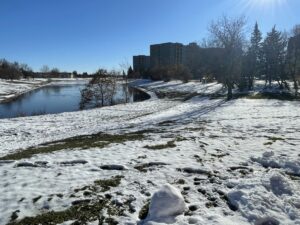
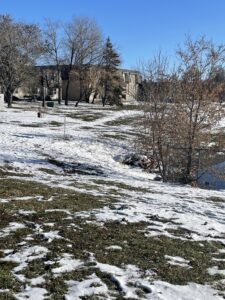
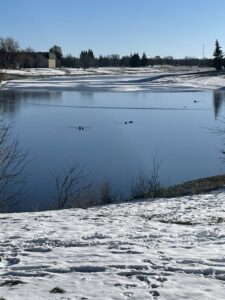
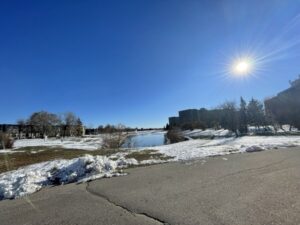
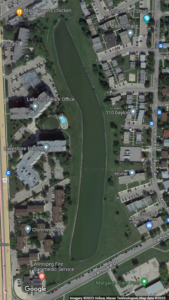
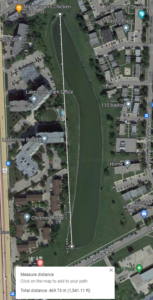
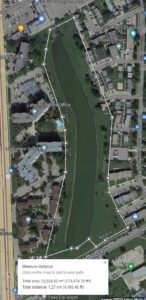
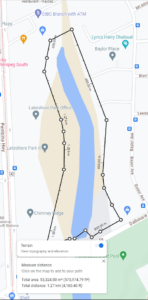
Your study site looks like it will work well. For your questions think about your gradient and what you can measure . Your first question could work but needs to be more specific. For example, what abiotic factors and you probably need to choose between plant and animal diversity and define the gradient a little more clearly. Working through the activities in the next few modules will help you think through these sorts of things.
I wanted to focus on light intensity and water accessibilty as the abiotic factors. Additionally i wanted to count all evidence of plant and animal matter (all biodiveristy) within my study area, based on the different strata or environamtal zones i observed. Would that be okay or must focus specifically on one thing? eg only plant diversity or animal diveristy.